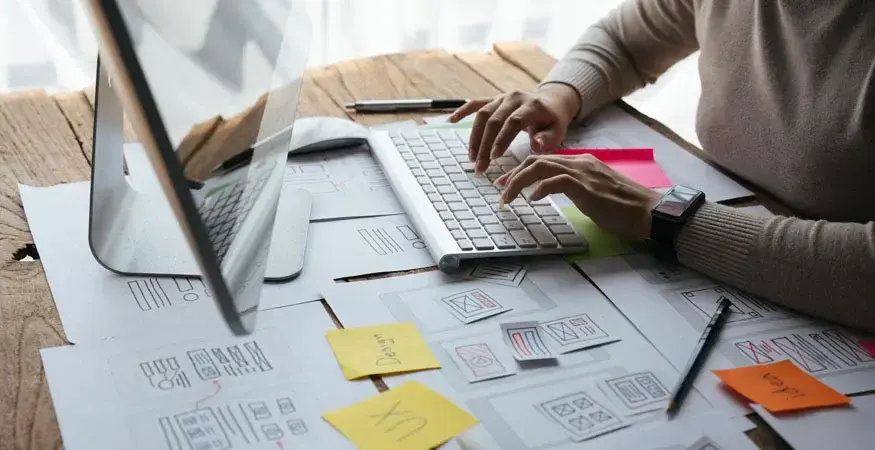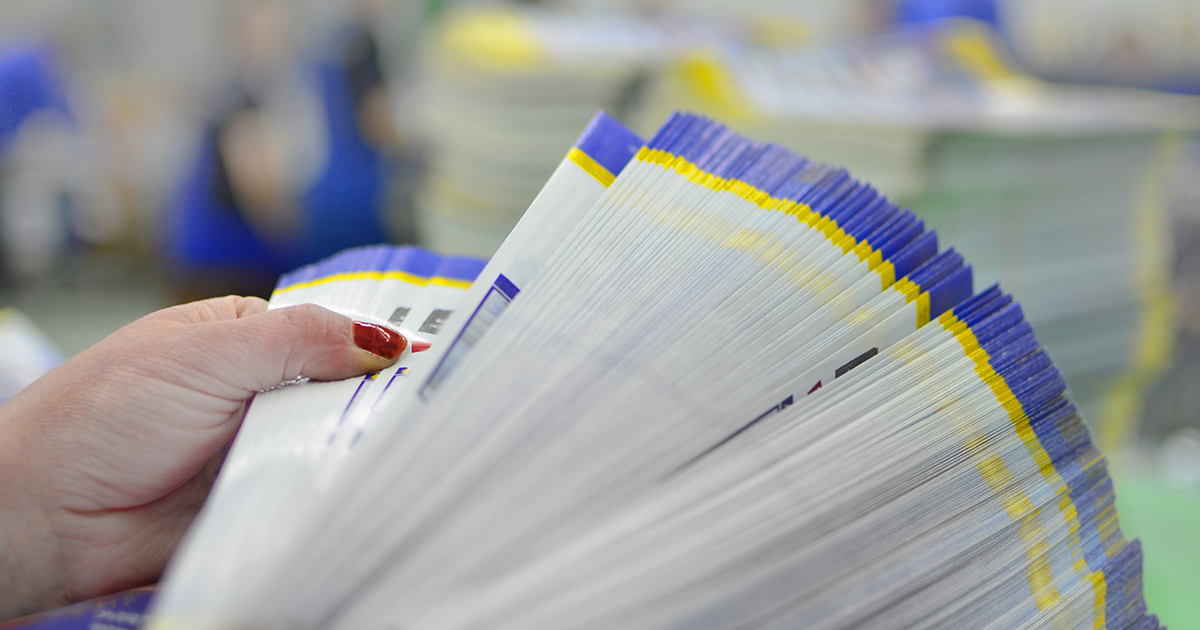Have you ever wished to print a large poster or graphic image for your workplace, but don’t have a large format printer? HINT: There’s a way to do this. You just need your regular office printer, some 8 ½” x 11” paper, a paper cutter (or scissors) and something to hold the paper together like tape or spray adhesive and a large piece of tag board to use as backing material.
The process of splitting an image and printing across multiple sheets of paper, is called, tiling. To do this, you will need a bit of extra time and physical labor in order to assemble the oversized image, but in a pinch, you can create posters and other large-sized images without having to outsource your printing.
There are several ways to do this, depending on which computer application you choose to use, including:
- Microsoft® Excel
- Microsoft® Paint
- Adobe® Acrobat PDF
- Other Applications
RELATED: Enhancing Print Marketing Efficiency: How Managed Print Services Drive Success for Marketing Directors
How to Print an Oversized Image with Microsoft® Excel
Open a blank Excel spreadsheet and click on cell “A1” in the top, left hand corner.
Click Insert > Pictures > Picture from File
Then navigate to your image and click Insert.
Click and grab the bottom right hand corner of your image. Then drag this corner outward until the image is enlarged to the size you need it. For reference, click the image and look at the dimensions listed in the ribbon at the top right of your Excel window. This will show the height and width of your resized image. Adjust if necessary.
Dashed lines within the spreadsheet indicate the edges of each page of paper that will be needed to print your image. These dashes indicate the tiling of the paper as it will print.
Click the “Print” button.
How to Print an Oversized Image with Microsoft® Paint
If you are using Microsoft Paint, here’s what to do. Open your image within the Paint application and navigate to the following:
File > Page Set Up > Scaling > Fit to:
Then, adjust the setting to the number of pages in height and width that you’d like your image to print.
Finally, click the “Print” button.
How to Print an Oversized Image in Adobe® Acrobat PDF
First, you’ll need to convert your image into a PDF, if it isn’t already. (File > Create > PDF from File > open your image)
Next, under the “File” tab, click on “Print” and select “Poster.”
Then adjust the “Tile Scale” section to a percentage that converts your selected image into the size you want to print.
Click the “Print” button.
RELATED: How to Scan Multiple Pages into One PDF
How to Find Other Applications for Printing an Oversized Image
The above are not the only methods that can be used to print an oversized image. Where your image is located and how you want to use it, will influence your re-sizing and printing methods. If needed, contact your IT Team or do a quick internet search for additional oversized image printing methods.
In addition, remember that larger image file sizes are better for printing enlarged images. If the file size of your image isn’t large enough, the image may appear pixelated. Also consider the distance between your audience and the printed image they will be viewing, as this will help to determine the amount of resolution your image will need.
How to Assemble Your Printed Image
Your tiled image will print on multiple sheets of paper. This is when the hard work begins. First, you’ll need to trim the unprinted margins away from your printed image.
You could trim away all of the margins or to save yourself some time, you really only need to trim away the unprinted outer edges of your image and one side of any images that overlap. Then, the page that was trimmed can overlap the unprinted margin of the neighboring page.
An image needing two to four pieces of paper may only need some clear tape, to connect. Larger images such as a bulletin board or wall art may need more printed pages. These type of projects display more accurately by using spray glue or another thin adhesive on the back of the pages. Then attach the glued pages to a stiff substrate, such as tag board, foam core or other large-sized backing.
Identifying Opportunities to Enhance Your Office Technology
Wondering if your print fleet is optimized to meet the needs of your business? Download our quick and painless print audit checklist to identify any gaps in your office technology and opportunities for enhancement.
A print audit will assess the condition of your print fleet as well as the associated settings, security, supply and repair costs. This checklist will provide you with an indication of whether your equipment is designed to meet your business goals or if it’s time to rethink your print technology.










